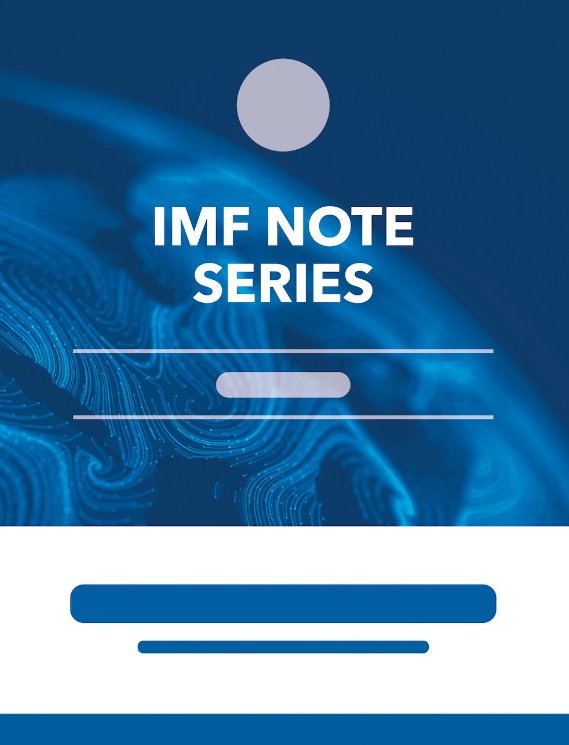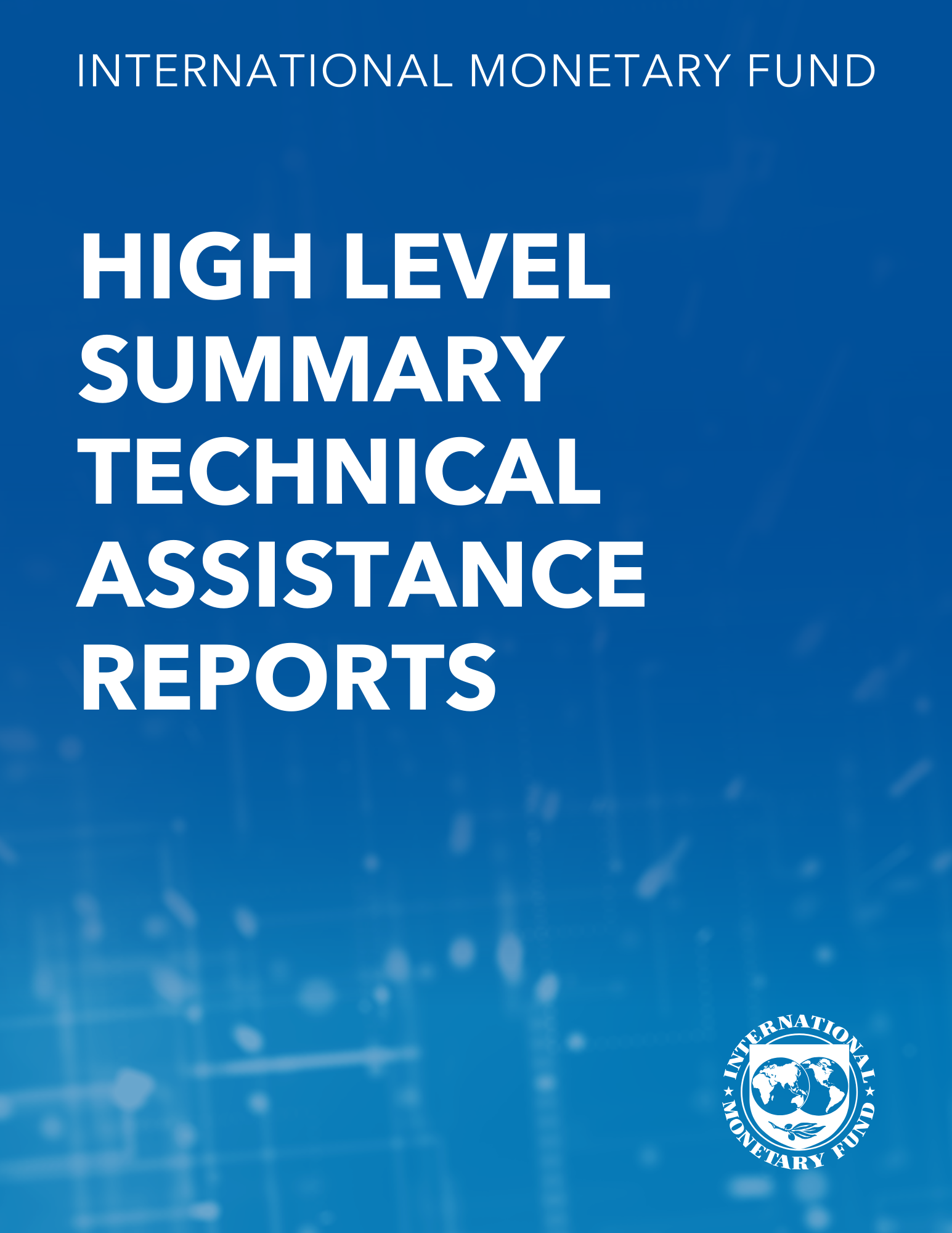IMF’s Precautionary Lending Instruments: Have They Worked?
December 16, 2022
Disclaimer: IMF Working Papers describe research in progress by the author(s) and are published to elicit comments and to encourage debate. The views expressed in IMF Working Papers are those of the author(s) and do not necessarily represent the views of the IMF, its Executive Board, or IMF management.
Summary
Subject: COVID-19, Credit default swap, Emerging and frontier financial markets, Financial institutions, Financial markets, Health, Money, Oil prices, Prices, Sovereign bonds
Keywords: COVID-19, Credit default swap, Emerging and frontier financial markets, Event studies, fcl arrangement, Global, IMF, Oil prices, PLL adopter, PLL drawdown, precautionary instrument, Precautionary instruments, precautionary lending instrument, Sovereign bonds, Synthetic control.
Pages:
48
Volume:
2022
DOI:
Issue:
256
Series:
Working Paper No. 2022/256
Stock No:
WPIEA2022256
ISBN:
9798400228667
ISSN:
1018-5941







